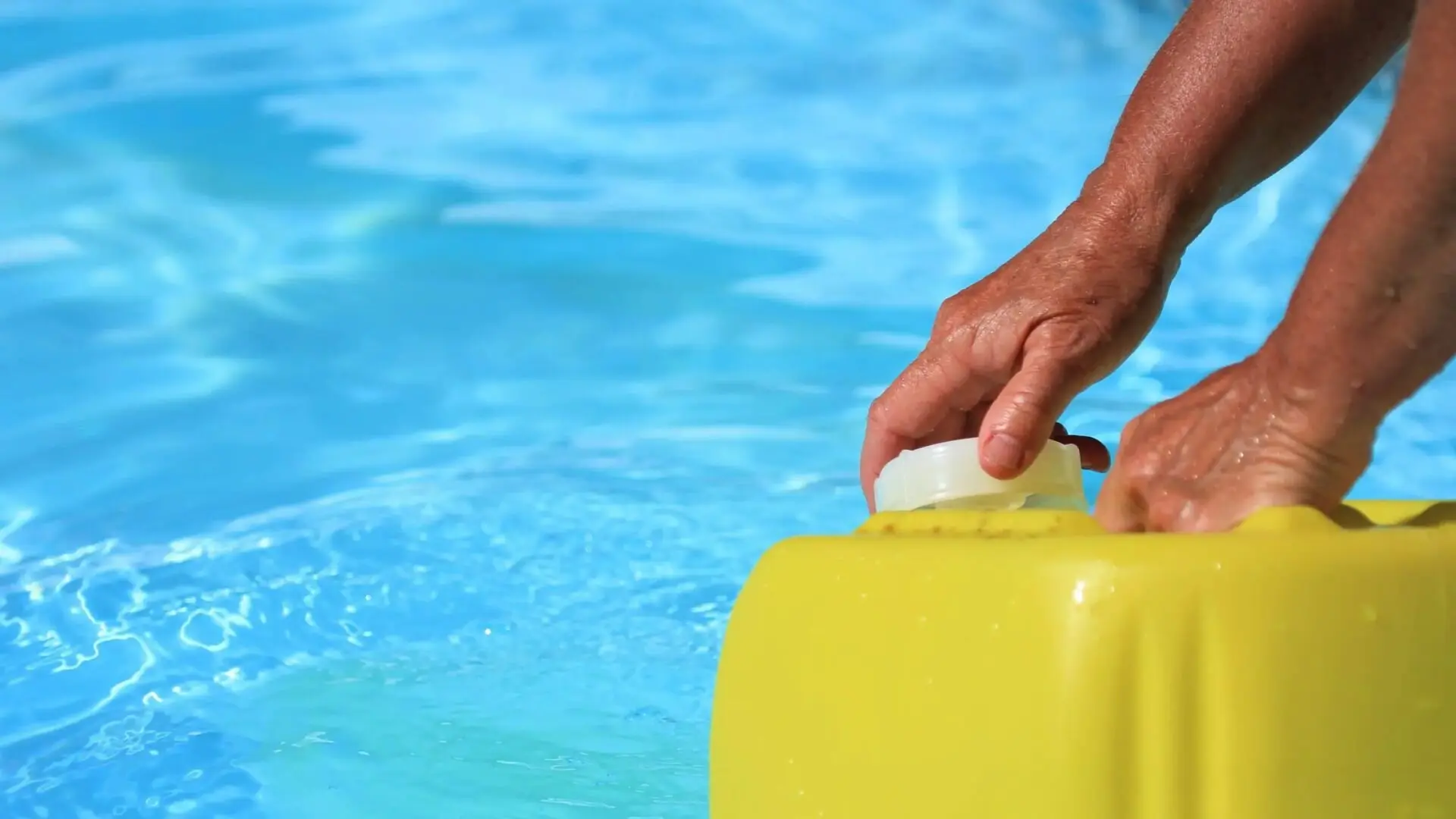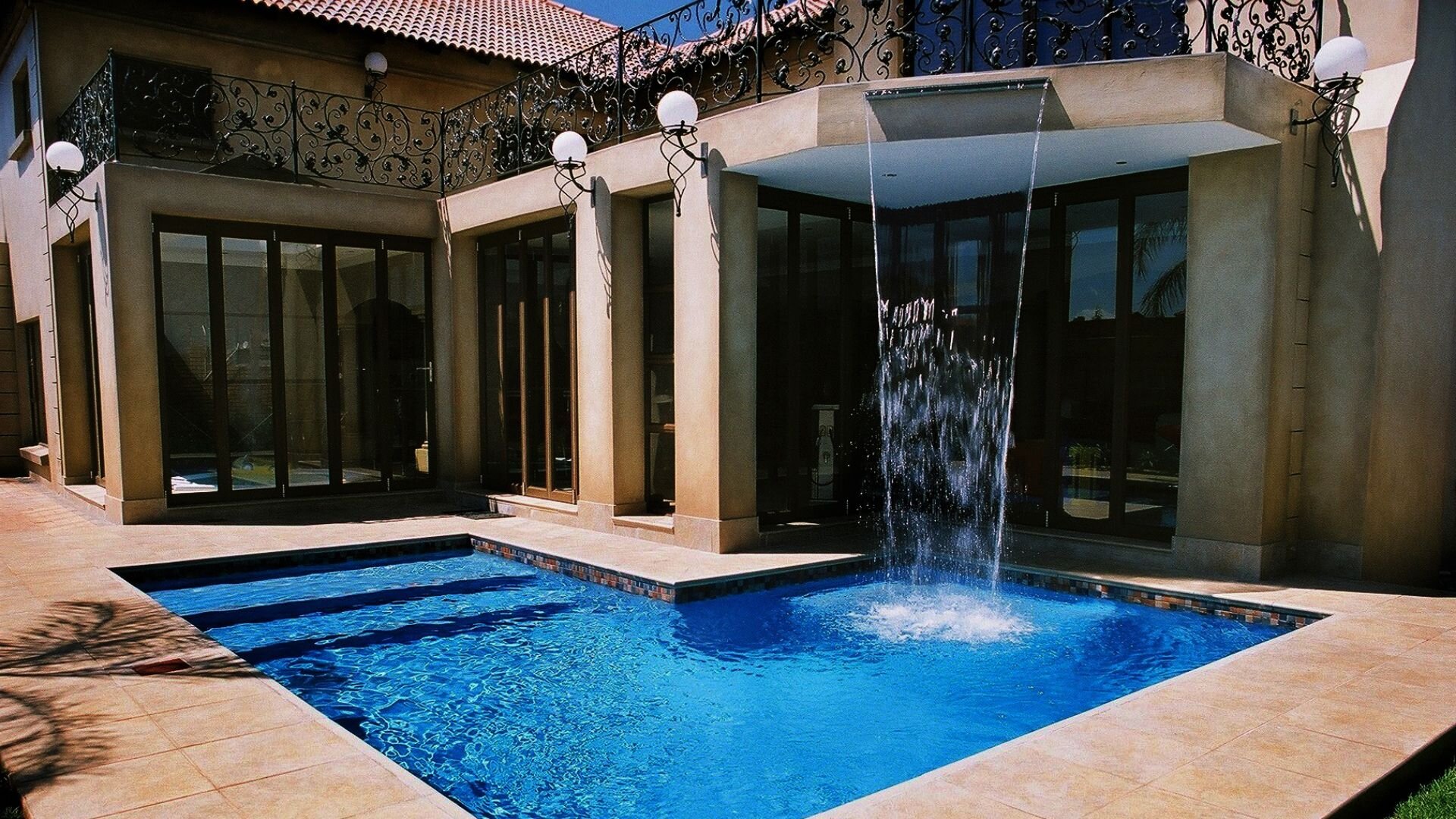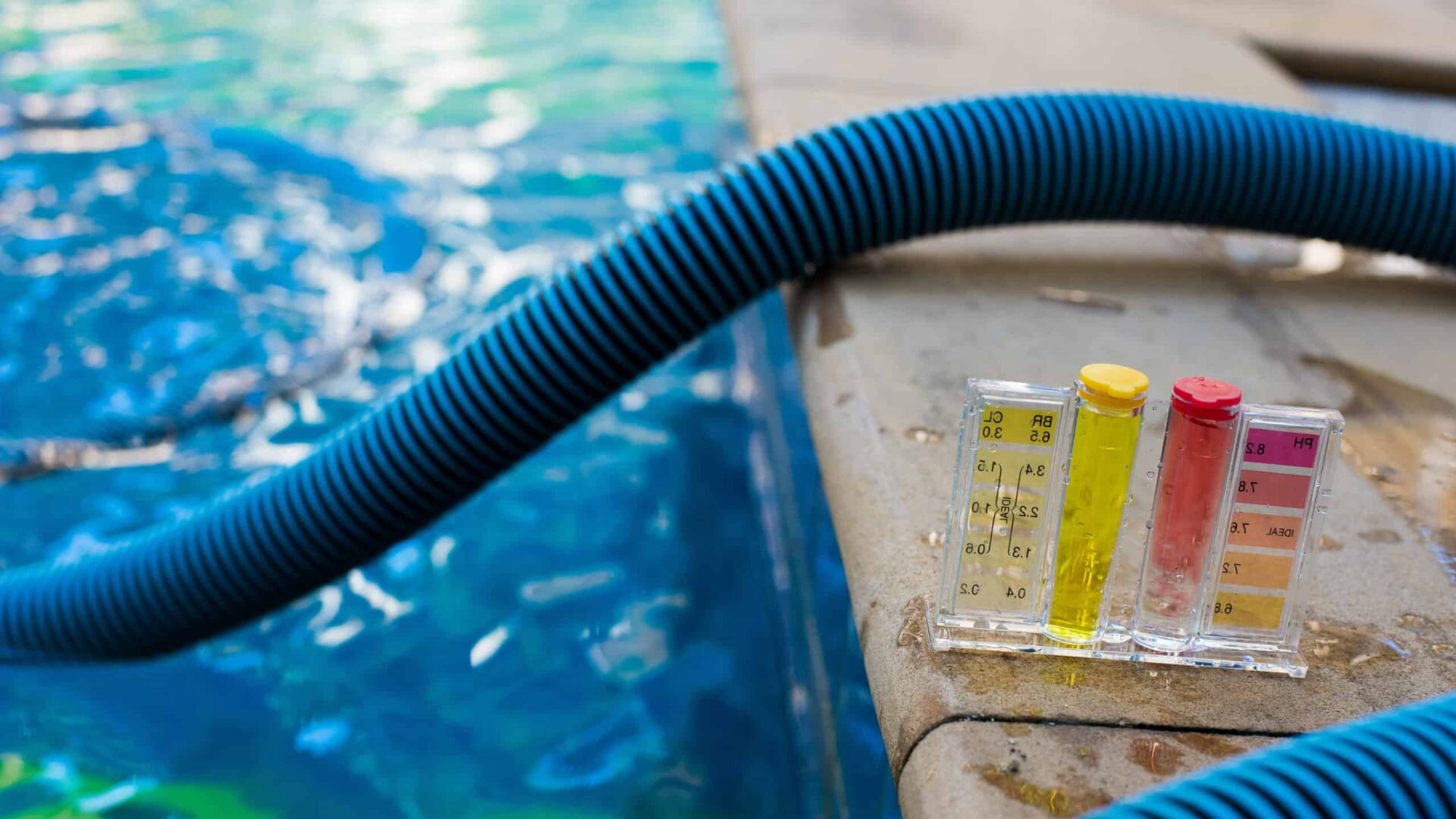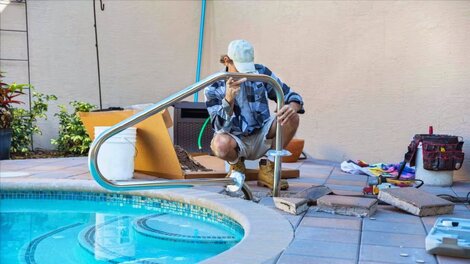If you’re a pool owner or considering revamping your existing pool, understanding the financial implications of a pool renovation is crucial. In this article, we’ll explore the various factors that can influence the cost of a swimming pool renovation project’s cost, providing valuable insights and tips to help you make informed decisions.
From assessing the current condition of your swimming pool to exploring different renovation options and estimating associated expenses, we’ll guide you through evaluating the potential costs involved. So, let’s take the plunge and explore the world of pool renovations, ensuring you’re well-prepared to embark on a successful and budget-friendly transformation for your aquatic oasis.
Assessing Your Pool’s Condition
Before renovating your pool, thoroughly assess its current condition to determine the necessary scope of repairs. Carefully inspect the pool shell for any cracks, leaks or structural damage that require fixing to maintain functionality and user safety. Evaluate pool equipment like pumps and filters to ensure optimal operation, replacing outdated models for better performance.

Examine the overall appearance, checking the finish materials such as plaster, tile and coping for discolouration, wear or deterioration that detracts from aesthetics. The surrounding deck and landscape should also be reviewed for flaws needing improvement. This comprehensive inspection will reveal priority issues to address and provide a realistic estimate of renovation costs.
Seeking advice from professional pool contractors is highly recommended when evaluating your pool’s state—their expertise aids in identifying less visible underlying problems that may become costly later if undetected. Allowing time for this diligent assessment of your pool’s full condition before renovating saves money by pinpointing all areas needing improvement for a revitalised backyard oasis.
Budgeting For A Pool Renovation
Renovating your pool can breathe new life into your outdoor space, enhancing its aesthetic appeal and functionality. However, before diving into this exciting project, planning your budget carefully to ensure a successful and cost-effective renovation is crucial. In this guide, we’ll walk you through the essential steps and subheadings to consider when budgeting for a pool remodel.

1. Assessing the Current Condition
Thoroughly evaluating your pool’s current state before budgeting for renovations is crucial. Examine the interior plaster, tile or other surface materials for any cracks, damage, or discolouration needing repair or resurfacing.
Inspect the plumbing system and equipment like pumps and filters to ensure proper functioning, replacing outdated or faulty components. Also, check the pool deck and surrounding areas for wear, uneven surfaces or other flaws requiring improvement. Factor in desired aesthetics like tile patterns, lighting designs, or landscaping elements that impact costs. Identifying all structural and cosmetic issues upfront provides a realistic budget framework for transforming your pool.
2. Setting Your Renovation Goals
After thoroughly assessing your pool’s current condition, the next step is defining the renovation goals you want to achieve. Determine priority enhancements like aesthetic upgrades through new tile, coping or planting to improve visual appeal.
Consider improved functionality by renovating outdated equipment and systems for better efficiency and performance. Incorporate safety features like fencing, alarms or non-slip surfaces to protect users better. If improving accessibility for all ages is important, add decorative elements like steps, ramps or railings. Clearly outlining the purpose of the renovation provides a focus for attaining the desired utility, appearance and user experience within your budget parameters. Identifying must-have upgrades and nice-to-have additions allows you to plan a pool renovation that fulfils your needs.
3. Estimating Costs
With renovation goals defined, estimating costs associated with each desired upgrade is essential. Calculate materials expenses for items like new tiles, coping, decking and features being added. Account for labour costs, which vary based on project complexity.
Budget for new or upgraded equipment like pumps, filters, and heating systems. Factor in design service fees and any permit or approval expenses to meet local building codes. Allocate a contingency fund to cover unforeseen costs that may arise. Obtain quotes from contractors and suppliers to inform accurate budgeting. Compiling detailed estimates across all aspects of the renovation allows you to set a realistic overall budget to transform your pool successfully.

4. Creating a Realistic Budget
Based on your pool renovation cost estimates, create a realistic budget that aligns with your renovation goals. Ensure that your budget accounts for all potential expenses and allows for flexibility. It’s better to overestimate costs than to be caught off guard by unexpected expenditures.
5. Financing Options
Explore financing options to fund your pool renovation goals within budget. Utilise personal savings or dedicated renovation accounts to avoid financing costs. Consider leveraging home equity through loans or lines of credit or a personal loan unrelated to your home’s equity. Ask contractors about payment plans or financing options they may offer directly. Evaluating the pros and cons of various financing solutions allows you to fund your pool upgrade cost-effectively that fits your financial situation.
6. Tracking Expenses
Throughout the renovation process, diligently track your expenses to ensure they stay within your budget. Maintain open communication with your contractor to avoid any pool remodel cost overruns.
7. Contingency Planning
Lastly, be prepared for unexpected surprises that may affect your budget. A contingency plan will help you address unforeseen issues without derailing your renovation project.
Key Factors Influencing Pool Renovation Costs
The scope of your pool renovation significantly impacts overall costs. Larger, complex projects require more materials and labour than simple resurfacing jobs. The pool’s condition also affects expenses – those with extensive damage or structural flaws necessitate costly repairs. An aging pool’s outdated systems further drive up budgets when replacement is required. The quality of chosen materials matters too – premium tiles and high-end equipment raise costs over standard options. Specific design elements like waterfalls, lighting, and custom finishes boost budgets.

Regional labour rates, contractor availability, and market conditions also influence prices. Areas with high demand and limited qualified contractors often have higher labour costs. Economic factors like inflation and fluctuating material prices also affect quotes. Lastly, unanticipated issues uncovered mid-project, like plumbing repairs, can increase the bottom line.
Evaluating all potential variables allows realistic budgeting. While complex renovations may cost more, the value derived enhances the poolscape for years to come. Understanding and planning for influential factors provides an accurate project cost picture for making an informed decision.
Making A Splash With Smart Choices
Considering the cost considerations of a pool renovation is paramount for any pool owners looking to upgrade their aquatic backyard oasis. From analysing the project’s scope to selecting the right materials and features or types like concrete pools or inground pools, understanding the financial investment involved is crucial.
When it comes to expert backyard pool renovations, The Pool Co stands out as a trusted and experienced provider. Our team is dedicated to delivering exceptional results aligned with your budget and vision. For a consultation or to learn more about our services, we invite you to contact us today. Let The Pool Co. turn your pool renovation dreams into a reality.



